Every 26 seconds, a home is broken into in America. Yet many families skip security systems entirely because of the cost – $500+ equipment plus $30-60 monthly fees.
You don’t need expensive systems to protect your home. Security experts and studies of actual burglars reveal that strategic $100 investments can make your home 300% safer than having nothing at all.
In this guide, you’ll discover exactly what to buy, where to install it, and how layered security works to deter criminals. These aren’t just “better than nothing” solutions – they’re proven protection strategies that work in 2025.
The Three-Layer Defense Strategy: Deter, Delay, Defend
Home security isn’t about buying one perfect product. It’s about creating layers that work together to protect your home. Think of it like an onion – each layer makes burglars more likely to give up and move on.
Let’s break down the three essential layers that will help secure your home without breaking the bank.
1. DETER (Make Your Home Unattractive to Burglars)

Make burglars choose another target Budget: $30-50
When burglars scout neighborhoods, they look for easy targets. Your first goal is simple: make your home look like too much trouble.
What works best:
- Motion-activated lights ($20-40): Bright lights that turn on suddenly startle burglars and make them visible to neighbors. Place these at entry points and dark corners of your yard.
- Security signs and stickers ($5-15): Even without an actual alarm system, these visual warnings work surprisingly well. Place them at entry points and front windows.
- Visible cameras (real or fake): Mount these where they can be easily seen from the street.
- Well-maintained property (free): Trim bushes, clean up, and keep your property looking cared for.
- “Beware of Dog” signs: These create doubt even if you don’t own a dog.
Studies show 85% of burglars are amateurs looking for quick, easy targets. When they see signs of security, most simply move on to an easier house. A burglar interviewed in a university study said it plainly: “Why risk the house with cameras when the one next door has none?”
2. DELAY (Slow Down Intruders, Buy Response Time)
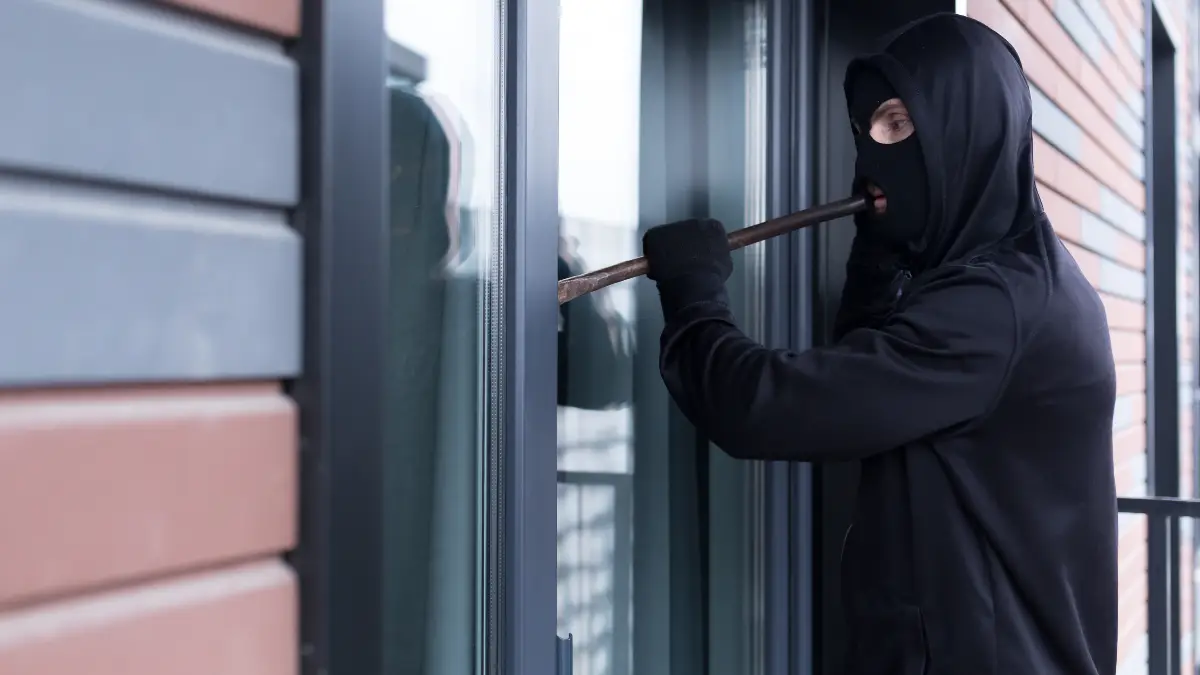
Make entry take longer, increasing chance of detection Budget: $40-60
If a burglar decides to try anyway, your next goal is to slow them down. Every second they spend trying to get in increases their chance of getting caught.
What works best:
- Quality deadbolts ($15-30 each): Install on every exterior door. Single-cylinder deadbolts provide the best security for most homes.
- 3-inch screws in door frames ($5): Replace the short screws in your strike plates with 3-inch screws that reach the wall studs. This simple $5 fix makes doors much harder to kick in.
- Dowel rods for sliding doors/windows (free to $5): Cut a wooden dowel or broom handle to fit in the track of sliding doors or windows. This prevents them from being forced open even if the lock is broken.
- Window locks and pins ($5-20): Add secondary locks to windows for extra protection.
- Door/window alarms ($5-20): Simple battery-powered alarms that make noise when entry points are breached.
The average break-in takes only 8-12 minutes. Every extra minute a burglar spends trying to get in dramatically increases their risk.
Security studies show about half of burglars will give up if they can’t get in within 60 seconds. The longer it takes, the more likely they’ll move on.
3. DEFEND (Protection If Other Layers Fail)
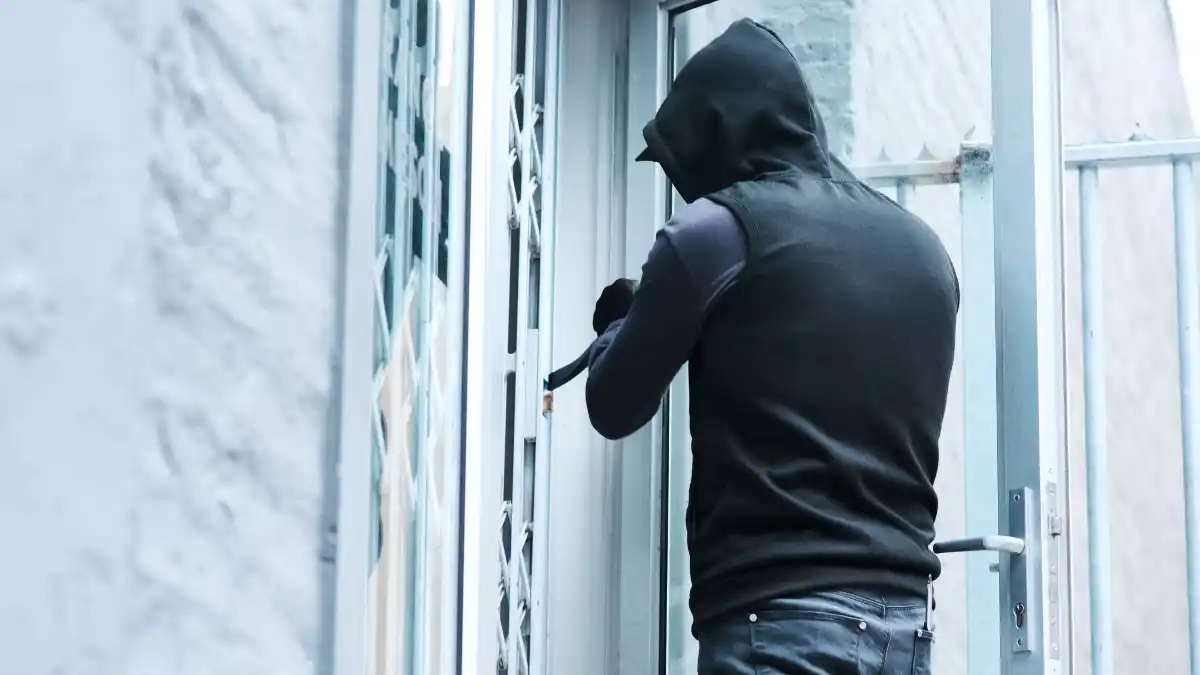
Last line of defense and evidence collection Budget: $10-30 (if budget remains)
Even the best security can be defeated by a determined burglar. Your final layer prepares for the worst-case scenario.
What works best:
- Communication plan: Keep a charged phone accessible and know who to call.
- Safe storage for valuables: Use a small safe or hidden lockbox for important documents and irreplaceable items.
- Secure interior room: Designate one room with a solid door and good lock as a safe room.
- Escape routes: Make sure everyone in the family knows how to exit safely in an emergency.
The power of this three-layer approach is that it works with your budget. Start with deterrence (making your home look protected), add delay measures (making actual entry harder), and finish with defense (preparing for the worst-case scenario).
Each layer builds on the others. The best $100 security plan includes elements from all three layers, with emphasis on deterrence and delay since these prevent break-ins before they happen.
Best Budget Security Products Available in 2025
Based on testing by Consumer Reports, Tom’s Guide, and security experts, here are the best-value security products you can buy right now – all at prices that won’t break the bank.
1. Wyze Cam v4
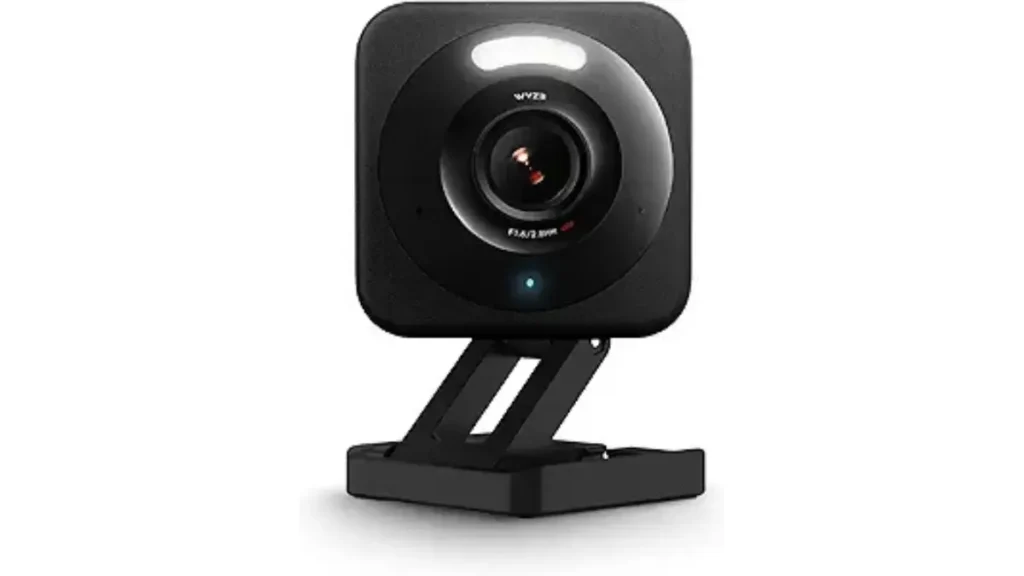
The Wyze Cam v4 delivers 1440p resolution (2K), color night vision, and 14 days of free cloud storage – features usually found in cameras costing twice as much.
Key features:
- AI detection for people, vehicles, and packages
- Works indoors and outdoors without extra accessories
- Compatible with Alexa and Google Home
- Local storage option with microSD card
In head-to-head tests, Tom’s Guide found the Wyze Cam v4 “delivered better images both indoors and outside” compared to competitors in the same price range. Its night vision was particularly impressive, showing clear details even in near-darkness.
Best overall value for anyone who wants high-quality video without spending a fortune.
2. Blink Mini 2
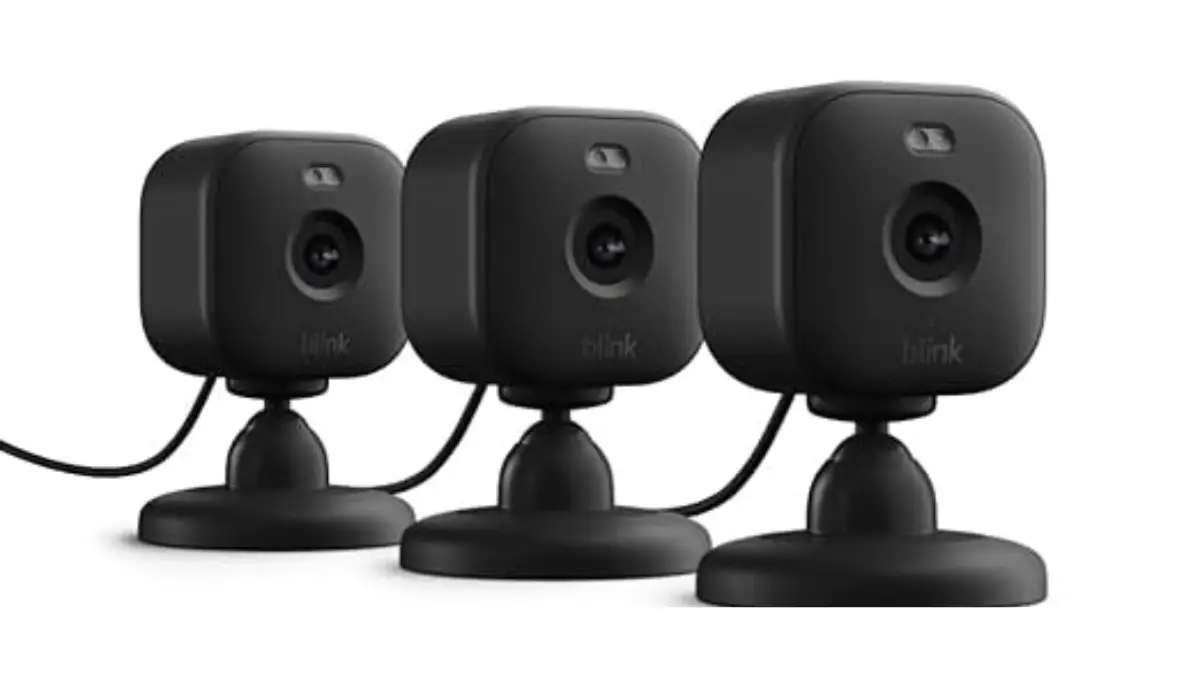
The Blink Mini 2 offers the simplest setup process, the cleanest app interface, and the widest field of view (143°) in its price range.
Key features:
- 1080p resolution with color night vision
- Works outdoors with optional weather kit
- Two-way audio for speaking with visitors
- Easy 5-minute setup
Users who want “set-and-forget” simplicity with minimal fuss.
3. Eufy Indoor Cam C220
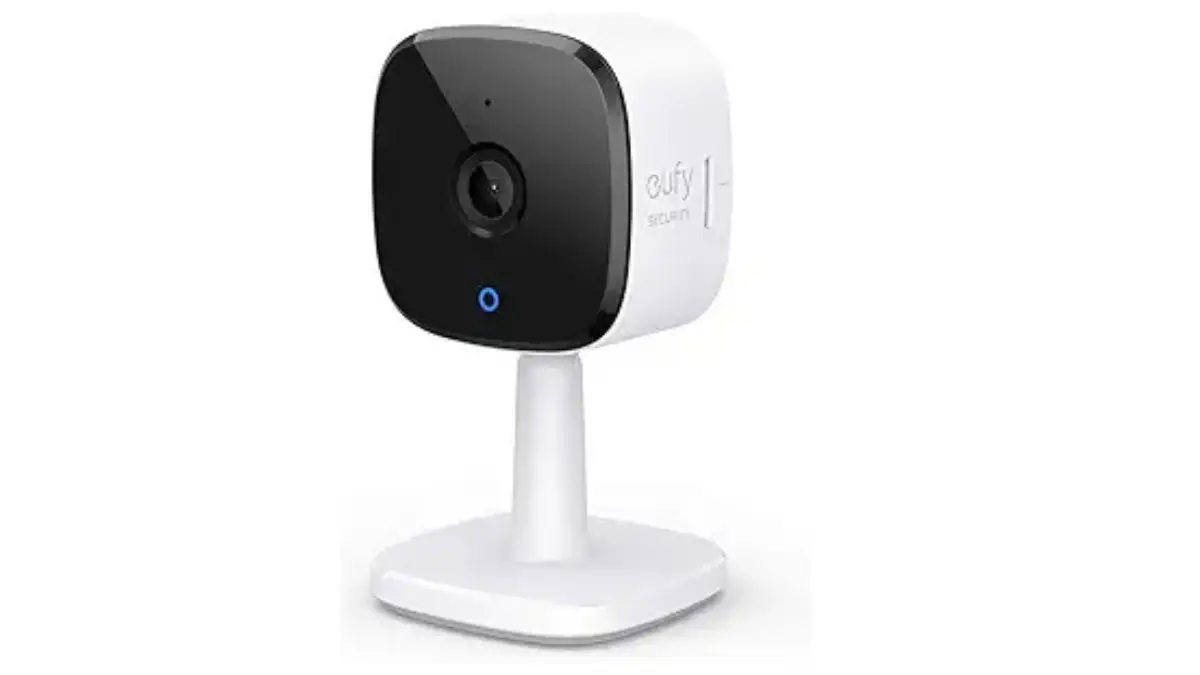
The eufy C220 offers 2K resolution, pan/tilt capabilities, and requires NO subscription for advanced features.
Key features:
- Local storage via microSD card (no cloud required)
- Apple HomeKit support
- 360° coverage with pan and tilt
- AI detection built-in with no subscription
Privacy-focused users who don’t want monthly fees.
4. YoLink Smart Home Starter Kit
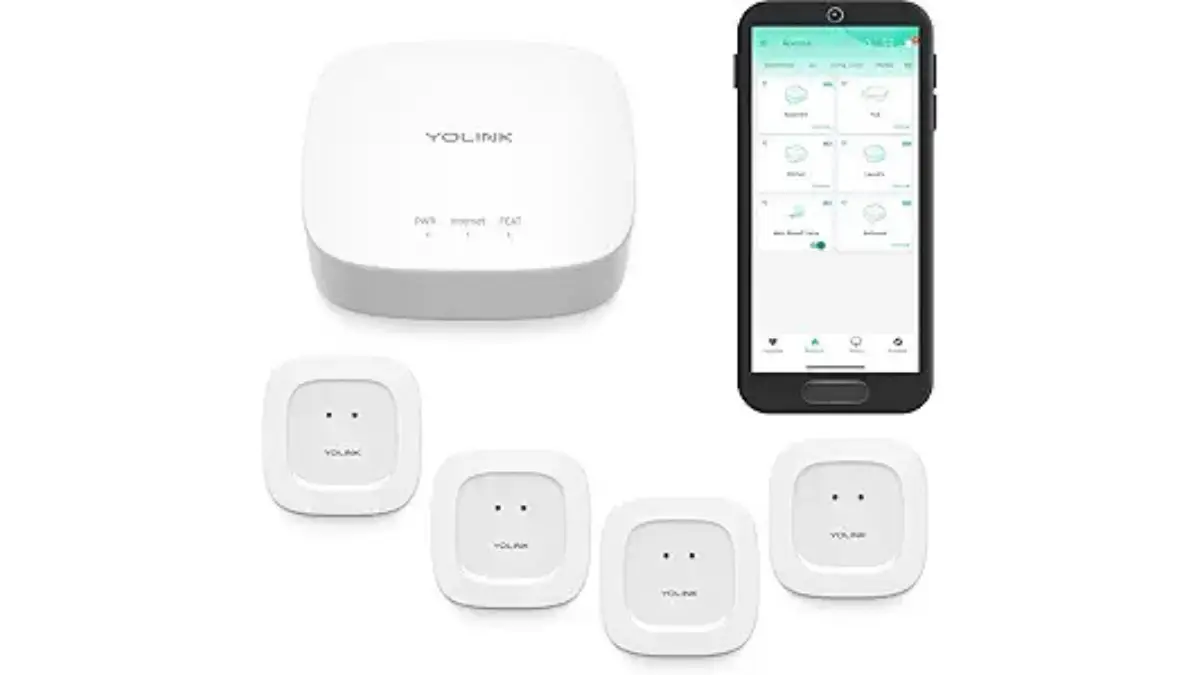
Hub plus 4 door/window sensors
The YoLink system offers an incredible 1,320-foot range (¼ mile) – far exceeding competitors that typically reach only 100-150 feet. This means you can cover detached garages and sheds without signal issues.
Additional sensors cost under $20 each
Simple adhesive mounting, no tools needed
Covering multiple entry points affordably across larger properties
5. Aqara Hub + 3 Sensors
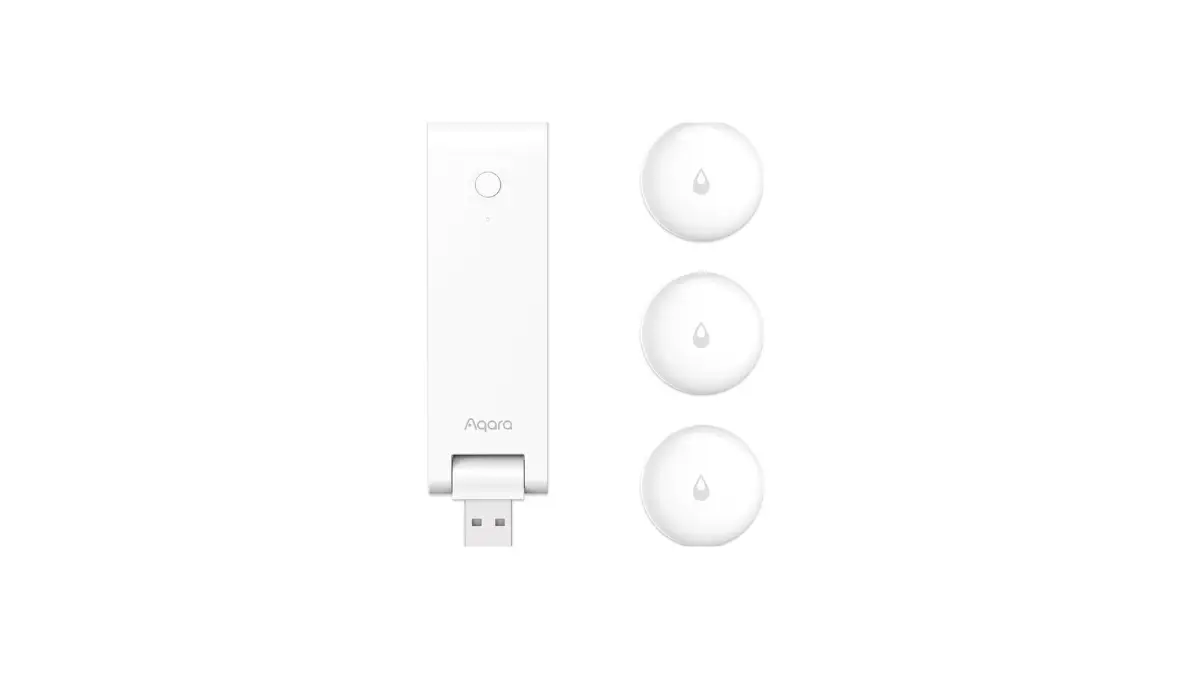
Extremely reliable with 4+ month battery life (compared to 1-2 months for most competitors)
Works seamlessly with HomeKit for Apple users
The hub includes a built-in siren and LED lights that activate when sensors are triggered
Best for Apple users wanting rock-solid reliability
6. Aootek Solar Motion Lights
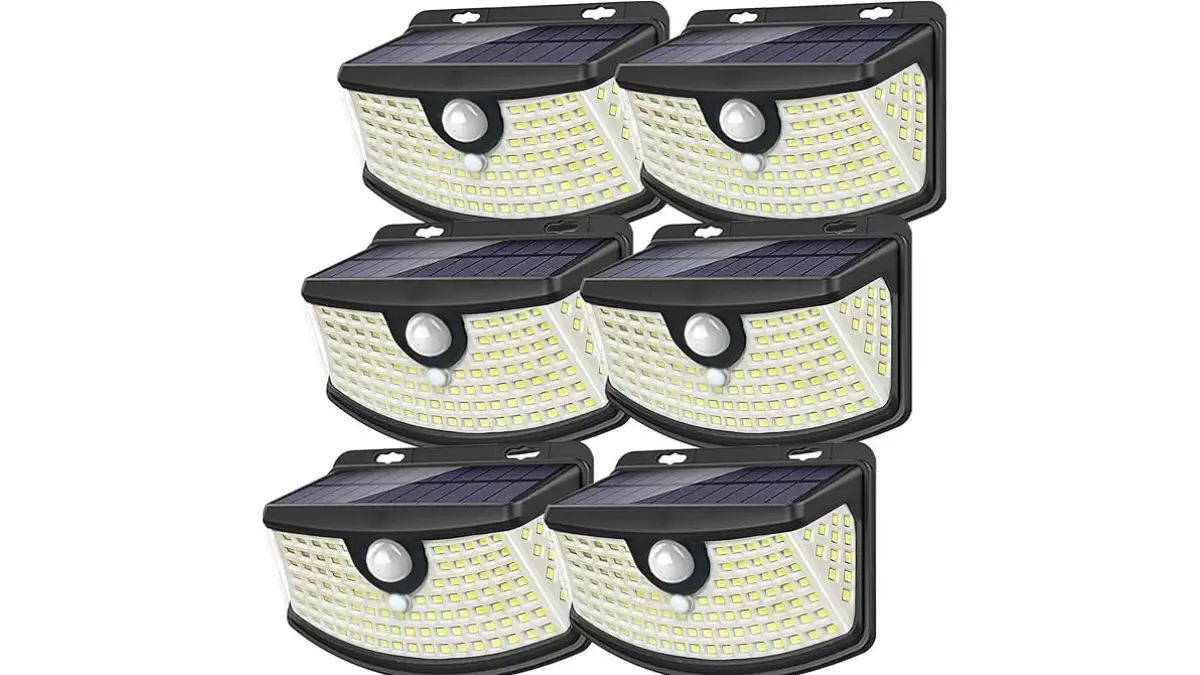
These lights are completely solar-powered, so there’s no wiring and no electricity cost.
A 4-pack covers most home exteriors with placement at key entry points. Over 36,000 five-star ratings on Amazon with users praising brightness and reliability. Mount anywhere with included screws; no electrical knowledge needed
Pays for itself immediately since there are no operating costs
7. Mr. Beams Wireless LED Spotlight
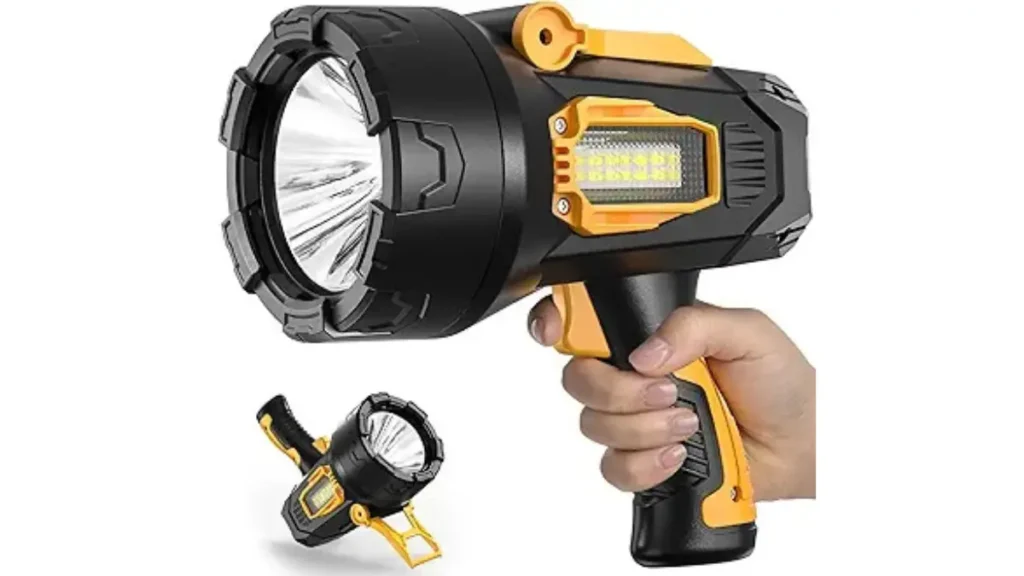
Battery-powered, so you can position them absolutely anywhere. 200 lumens of brightness with an 18-foot detection range. Renters or areas that don’t get enough sun for solar-powered lights
8. Ring Video Doorbell Wired
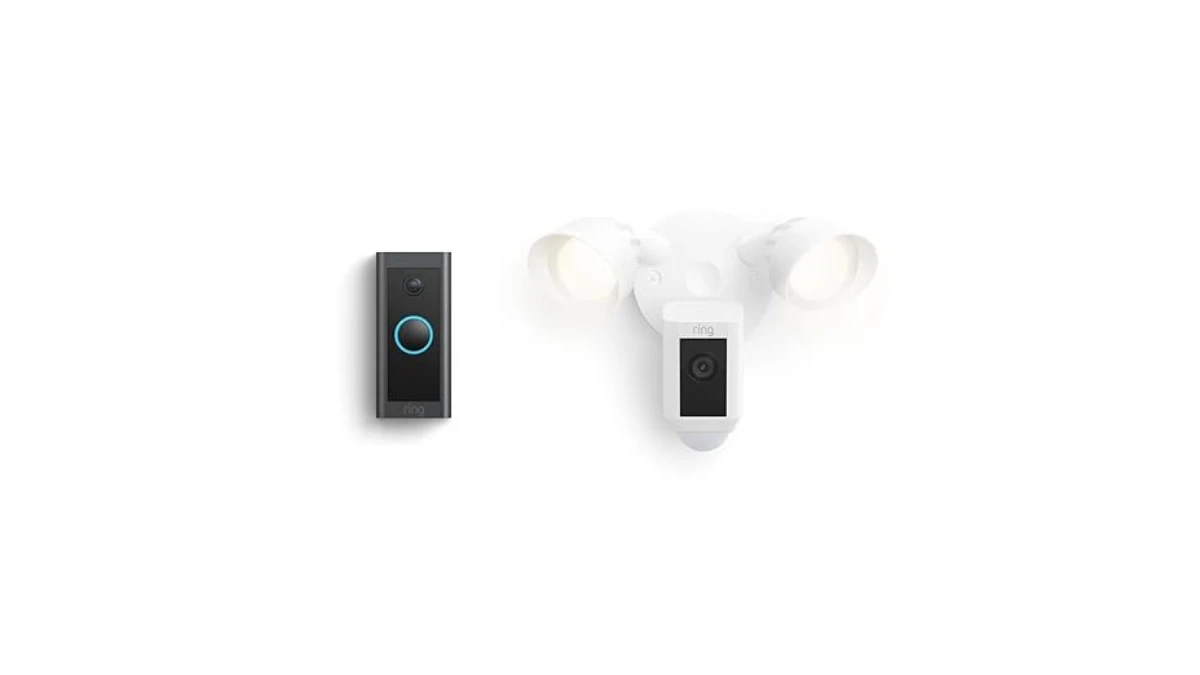
1080p video, two-way audio, and motion detection for half the price of premium models
See and speak to anyone at your door from your phone, no matter where you are
Get alerts when packages are delivered and catch porch pirates
Optional Ring Protect at $4.99/month gives you 60 days of cloud storage
9. Wyze Video Doorbell
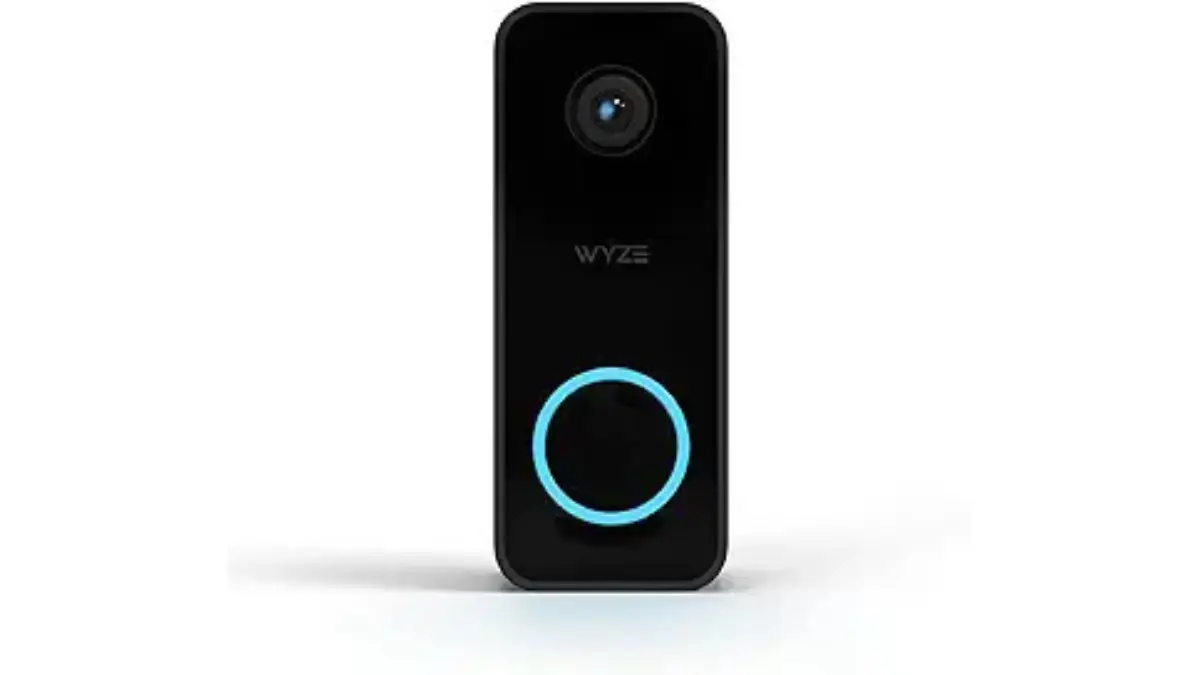
1080p quality with a cheaper subscription ($1.99/month).Package detection included to know when deliveries arrive. Multi-camera users (bundle discount available when paired with Wyze cameras)

